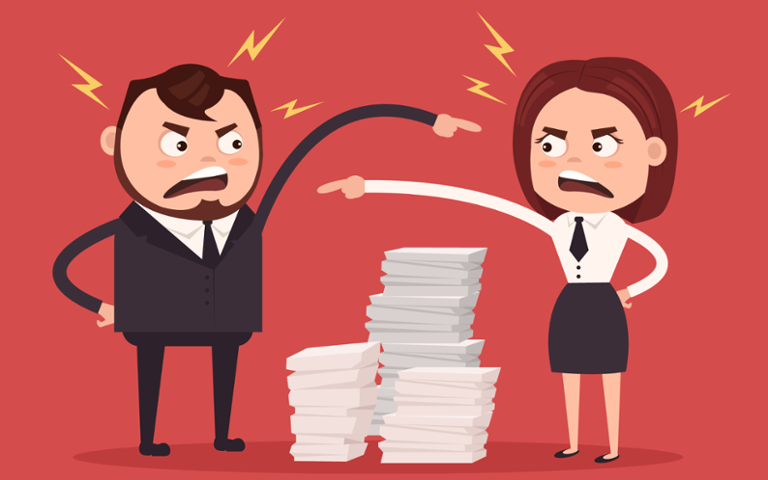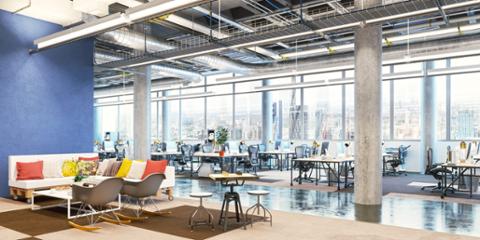
The one thing tech pros and managers agree on is this: Low (or no) productivity is just bad for business. And our most recent survey shows the very things companies push so hard to implement are actually killing output.
Last week, we asked a pretty simple question: What is your biggest office productivity killer? We gave five options:
- Meetings
- Toxic Work Environment
- Distractions
- Lazy Teammates
- Management
We can happily report ‘lazy teammates’ actually had the lowest metric in the results. Only ten percent of you say co-workers not pulling their weight is a prime productivity killer. Managers fared a bit better; only 17 percent of tech pros say their bosses are getting in the way of workplace productivity. (That’s still close to one-fifth, which may explain why a previous survey on Dice Insights showed so many tech pros want to move into management and change things.)
The last three options (meetings, toxic office environment, and good ‘ol ‘distractions’) were all knotted up. Meetings were reported as a productivity killer by 23 percent of you. We see why, too: Not only do you have to make sure you're at a work stopping point to attend a meeting, but you have to make sure not to start anything new until after. That’s always fun for those 10 AM stand-ups, which essentially mean you can’t get started with anything until 11.
The catch-all ‘distractions’ choice was fairly open, but we described it as all the things your company fosters to make the office “cool,” such as ping-pong tables and TVs. Also, the dreaded open office floor-plan can serve as a distraction, as you hear so many side conversations and random laughter. Around 25 percent of you say ‘distractions’ are a huge detractor for productivity.
Equally detrimental to productivity is a toxic work environment: 25 percent report this is a huge problem, and it’s not easy to pin down. One office may have cliques and a strong rumor mill, while another might have bosses poaching talent from other teams. The other factors listed here, such as long meetings or lazy teammates, can also contribute to a toxic office environment by virtue of just plain pushing everyone a touch closer to the edge.
Appreciate this data from the broadest possible perspective: The structure of meetings, the office itself (distractions), and the people your company hired (toxic environment) add up to 73 percent of this poll's total. This means the structure of how tech companies operate, with their daily stand-ups and open offices, are at the core of poor productivity.

